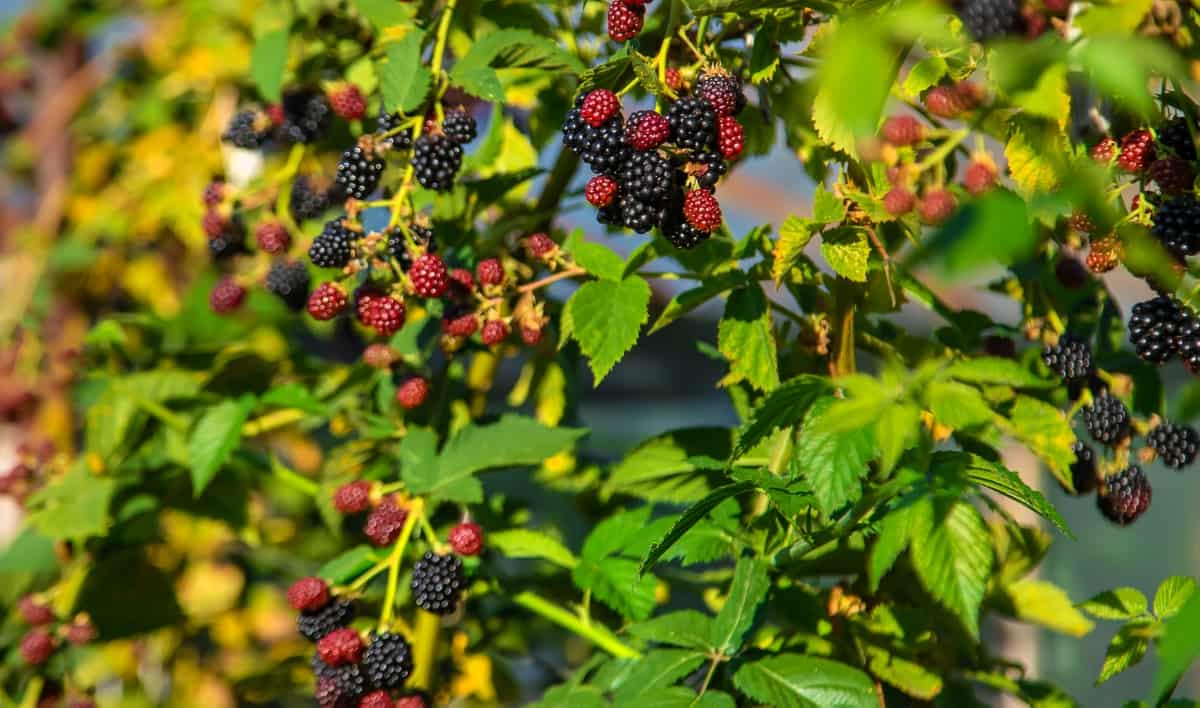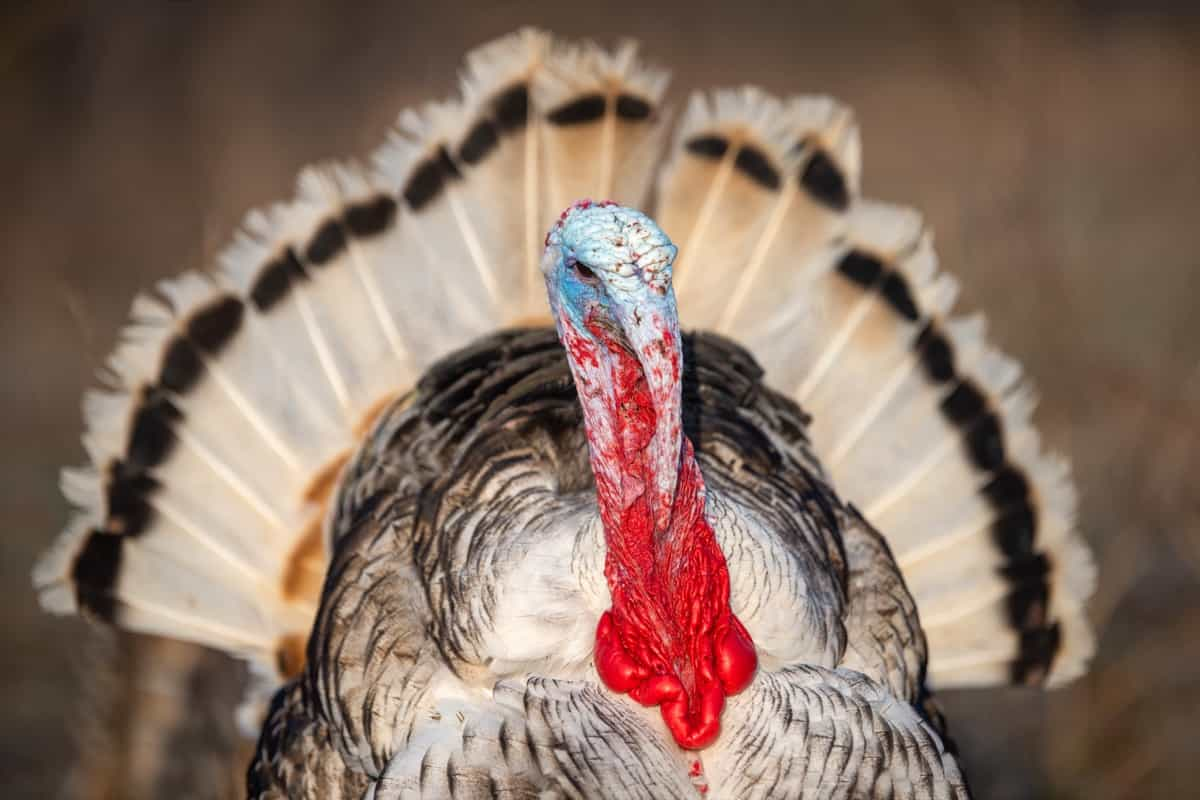New UCCE advisers bring new ideas to protect lettuce against INSV, pythium wilt
Kirsten Pearsons (left) and Yu-Chen Wang, UC Cooperative Extension Advisors, search ice plants for western flower thrips, the insect that carries the impatiens necrotic spot virus ( INSV). The disease has had a huge impact on lettuce growers in the Salinas Valley. Photo by Daniel Hasegawa
Salinas Valley lettuce growers lost an estimated $150 million in 2022 due to diseaseA stormy winter could portend another devastating year for the lettuce industry in the Salinas Valley, which saw an estimated $150 million in gross revenue lost in 2022 due to INSV ( impatiens necrotic spot virus) and associated diseases. Recent heavy rains could mean more weeds - winter "reservoirs" for the tiny insect, western flower thrips, which carries INSV.
Or extreme rainfall could benefit growers, as thrips in the ground - during their middle stage of development - could be drowned out in waterlogged fields.
As with many aspects of the INSV crisis, the ultimate effects of flooded fields on thrips populations remain unknown.
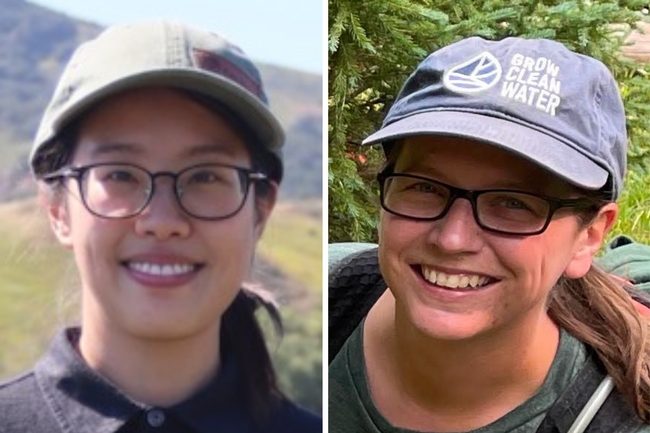
Yu-Chen Wang and Kirsten Pearsons
"We don't know if the thrips are so persistent and stable at this pupal stage that they might emerge unaffected," said Kirsten Pearsons, IPM agricultural adviser at the University. of California Cooperative Extension for Santa Cruz, Monterey and San Benito counties. "There is so much about their biology and ecology in the Salinas Valley that we just don't know."
The mystery of thrips, INSVs and soil-borne diseases (namely Pythium wilt) is why UC Agriculture and Natural Resources assigned Pearsons to the area last November and hired Yu-Chen Wang in October as the UCCE Plant Pathology Advisor for the three counties.< /p>
"They come in at a critical time," said Richard Smith, UCCE's regional vegetable and weed production adviser, who retired in January after a 37-year career. “They've already gotten grants – and it's just amazing. They hit the ground running.”
Experienced in disease diagnosis and working with growers and industry partners, Wang said her background in pathology – coupled with Pearsons' entomology expertise – will be crucial in the fight against INSV and other diseases.
"It is important for Kirsten and I to work together and provide different information on the vector and pathogen, respectively," Wang said.
“We will have to do everything to have a harvest”One of the priorities is to unravel the co-occurrence dynamics of INSV and pythium wilt - the subject of ongoing research by JP Dundore-Arias, a plant pathologist at California State University, Monterey Bay. While vegetables can tolerate one disease or the other, their unique punch often delivers the killing blow.
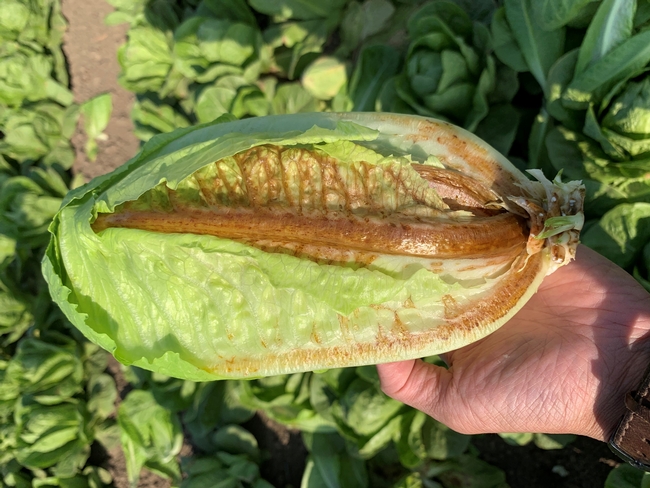
Lettuce showing signs of INSV infection and damage. Photo by Richard Smith
"The challenge is - that's why it's great to have Yu-Chen and Kirsten - is that we have so many problems now, whether it's Fusarium (wilt), or Verticillium (wilt), or Pythium, or INSV," said Mark Mason, pest management advisor for Nature's Reward, which grows mostly lettuce on 5,000 acres in the Salinas Valley.
Mason said co-infections on his crops (sometimes with three or four diseases diagnosed) make it difficult to attribute monetary damage to a specific pathogen, but he noted he has seen fields with " 100% loss". According to the Grower-Shipper Association of Central California, approximately 11,500 acres were deemed unharvestable in 2022, representing 12% of lettuce industry acreage.
Given the severity and complexity of the disease dilemma, Pearsons said it is responding to calls from growers looking for new and better solutions — ways to improve existing tools, borrowed techniques other culture systems and additional biological or chemical controls.
And while there are a few pesticides that manage disease-carrying thrips reasonably well, growers and researchers are concerned that they are dwindling...
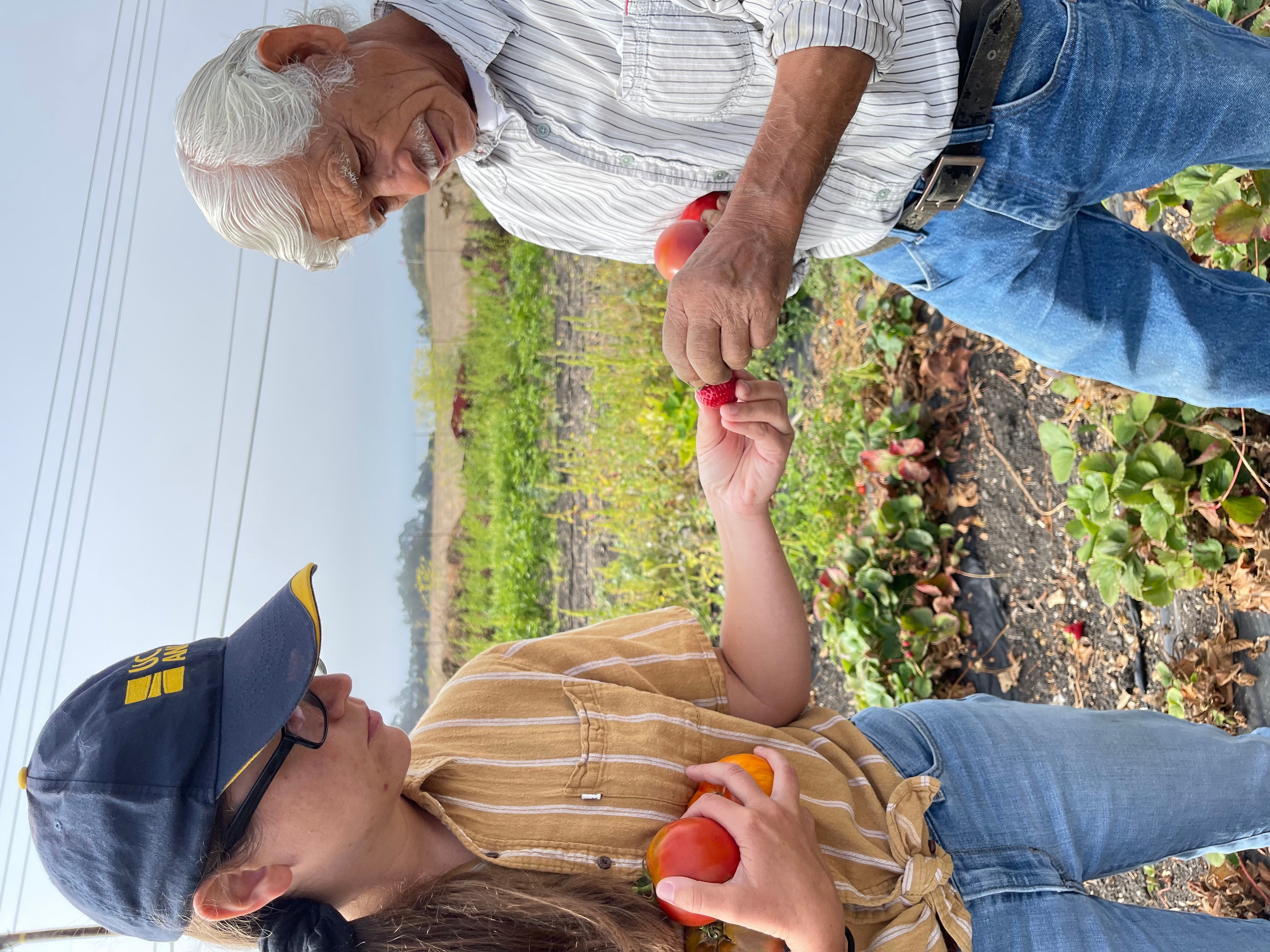
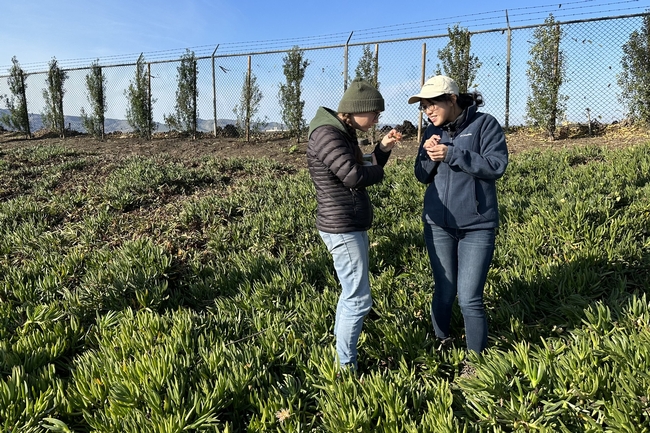
Kirsten Pearsons (left) and Yu-Chen Wang, UC Cooperative Extension Advisors, search ice plants for western flower thrips, the insect that carries the impatiens necrotic spot virus ( INSV). The disease has had a huge impact on lettuce growers in the Salinas Valley. Photo by Daniel Hasegawa
Salinas Valley lettuce growers lost an estimated $150 million in 2022 due to diseaseA stormy winter could portend another devastating year for the lettuce industry in the Salinas Valley, which saw an estimated $150 million in gross revenue lost in 2022 due to INSV ( impatiens necrotic spot virus) and associated diseases. Recent heavy rains could mean more weeds - winter "reservoirs" for the tiny insect, western flower thrips, which carries INSV.
Or extreme rainfall could benefit growers, as thrips in the ground - during their middle stage of development - could be drowned out in waterlogged fields.
As with many aspects of the INSV crisis, the ultimate effects of flooded fields on thrips populations remain unknown.

Yu-Chen Wang and Kirsten Pearsons
"We don't know if the thrips are so persistent and stable at this pupal stage that they might emerge unaffected," said Kirsten Pearsons, IPM agricultural adviser at the University. of California Cooperative Extension for Santa Cruz, Monterey and San Benito counties. "There is so much about their biology and ecology in the Salinas Valley that we just don't know."
The mystery of thrips, INSVs and soil-borne diseases (namely Pythium wilt) is why UC Agriculture and Natural Resources assigned Pearsons to the area last November and hired Yu-Chen Wang in October as the UCCE Plant Pathology Advisor for the three counties.< /p>
"They come in at a critical time," said Richard Smith, UCCE's regional vegetable and weed production adviser, who retired in January after a 37-year career. “They've already gotten grants – and it's just amazing. They hit the ground running.”
Experienced in disease diagnosis and working with growers and industry partners, Wang said her background in pathology – coupled with Pearsons' entomology expertise – will be crucial in the fight against INSV and other diseases.
"It is important for Kirsten and I to work together and provide different information on the vector and pathogen, respectively," Wang said.
“We will have to do everything to have a harvest”One of the priorities is to unravel the co-occurrence dynamics of INSV and pythium wilt - the subject of ongoing research by JP Dundore-Arias, a plant pathologist at California State University, Monterey Bay. While vegetables can tolerate one disease or the other, their unique punch often delivers the killing blow.

Lettuce showing signs of INSV infection and damage. Photo by Richard Smith
"The challenge is - that's why it's great to have Yu-Chen and Kirsten - is that we have so many problems now, whether it's Fusarium (wilt), or Verticillium (wilt), or Pythium, or INSV," said Mark Mason, pest management advisor for Nature's Reward, which grows mostly lettuce on 5,000 acres in the Salinas Valley.
Mason said co-infections on his crops (sometimes with three or four diseases diagnosed) make it difficult to attribute monetary damage to a specific pathogen, but he noted he has seen fields with " 100% loss". According to the Grower-Shipper Association of Central California, approximately 11,500 acres were deemed unharvestable in 2022, representing 12% of lettuce industry acreage.
Given the severity and complexity of the disease dilemma, Pearsons said it is responding to calls from growers looking for new and better solutions — ways to improve existing tools, borrowed techniques other culture systems and additional biological or chemical controls.
And while there are a few pesticides that manage disease-carrying thrips reasonably well, growers and researchers are concerned that they are dwindling...
What's Your Reaction?









